Emoji Island!
Arrival in the San Blas Archipelago
The San Blas Islands are an archipelago of about 365 islands just off the northern coast of Panama in the Caribbean sea surrounded by reef. The islands are part of the Comarca Guna Yala, an autonomous zone governed by the Guna people, who have their own indigenous language which predates the Colombian invasion, along with fascinating history, culture, and customs.
Before Panama succeeded from Colombia in 1903, the Guna Yala were nominally part of Colombia, but the Colombian government left them to their own devices, to manage their affairs as they saw fit.
After the US-supported secession from Colombia in 1903, the new Panamanian government tried to assimilate them into the national mainstream Spanish-speaking culture in the country. The Guna Yala felt that this assimilation threatened their culture and customs, and resisted, until in February of 1925, they revolted, and fought back against the Panamanian government armed with only bows and arrows. After a brief struggle, they won, supported by the remote and rugged nature of their land, which remains as one of the last jungles in Central America which has not been penetrated by man.
Today, they are an interesting example of an indigenous tribe that holds tenaciously to their language, culture, and customs, while simultaneously being open to trade and exchange with visitors from outside the Comarca. We met a number of them on the water and enjoyed getting to know each of them and their unique culture.
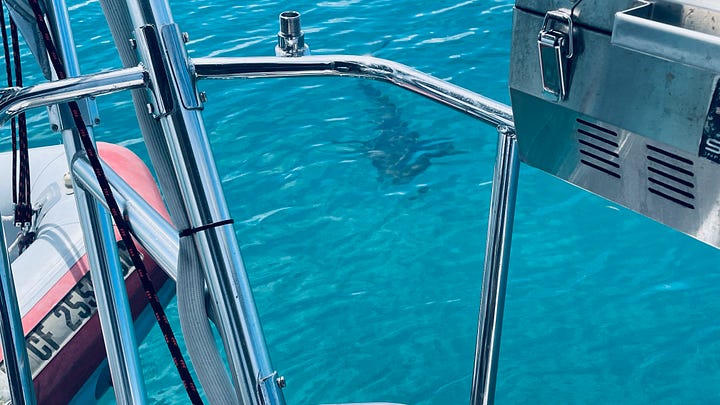
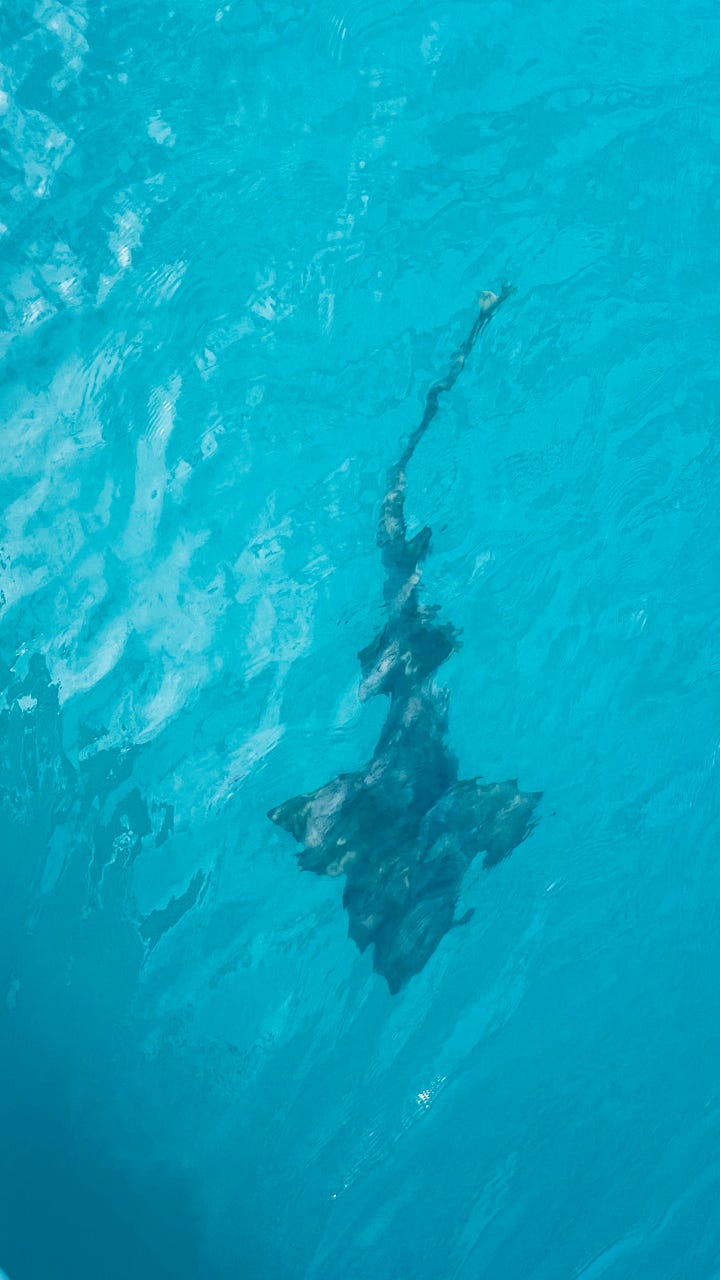
We arrived early in the season, so there were fewer boats and the weather was mostly beautiful, with occasional high wind and scattered showers. After stopping in the East Hollandes to meet up with Mike, Taylor, Lucy, and Penny on Vīa, we headed over to Coca Banderas, a stereotypically tropical island, tiny, nestled into a wide swath of reef to protect it from the Caribbean swell rolling in from the east.
We instantly fell in love with the crystal clear water, white sandy beaches and plentiful sea life. As soon as we dropped anchor we were welcomed by a twelve foot nurse shark! I was at the helm and I saw her swim past our boat only to quickly turn around and swim back towards us! It was amazing to see her being as curious of us as we were of her!
We decided to move our boat from where we spotted the nurse shark to anchor where there was more room to swing. We weren’t afraid of the shark because Nurse sharks are bottom dwellers and mostly harmless to humans. The islands were further away but we loved the views! We immediately jumped into the water to swim around our boat and delight in the beauty of it’s clarity.
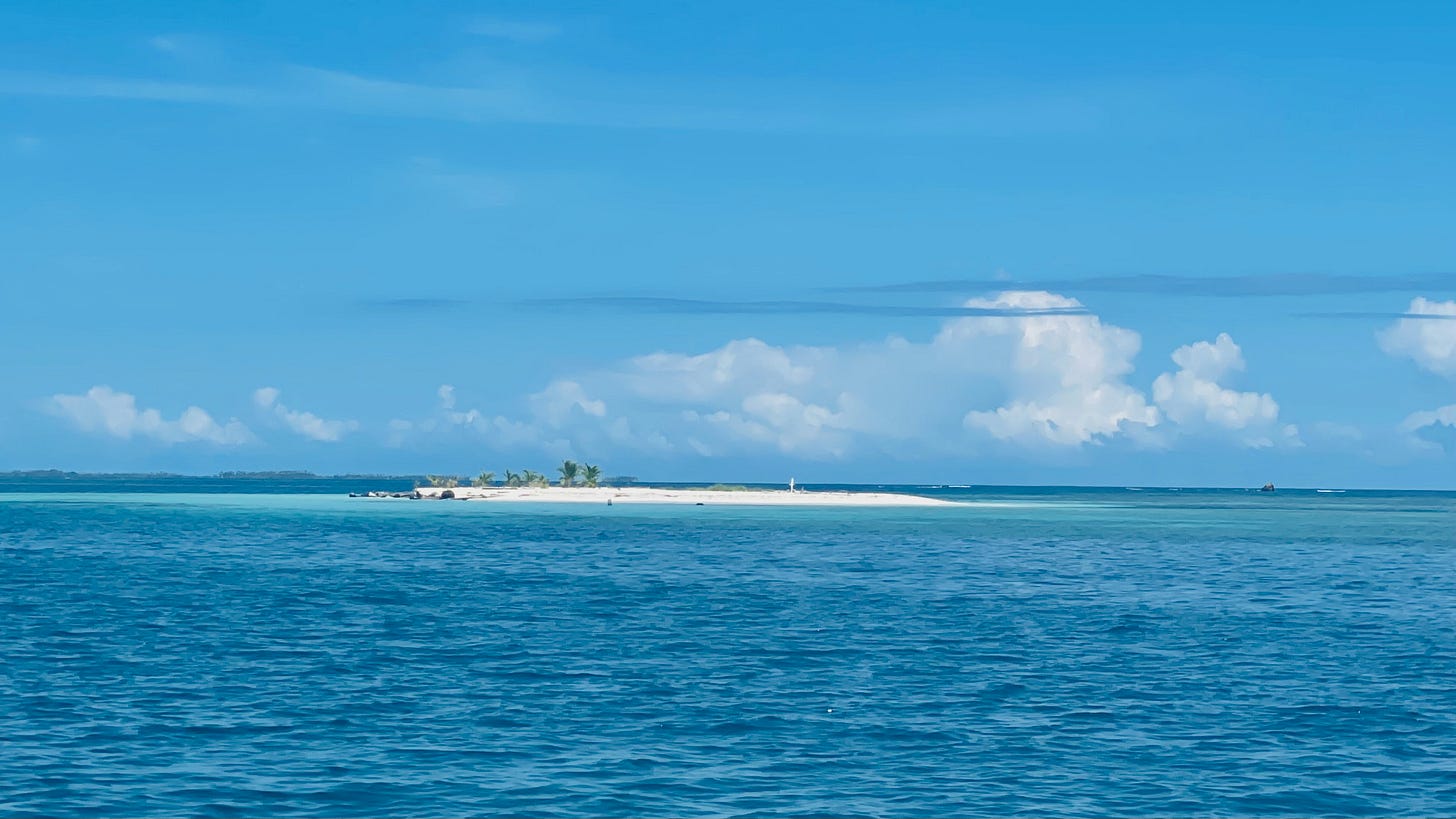
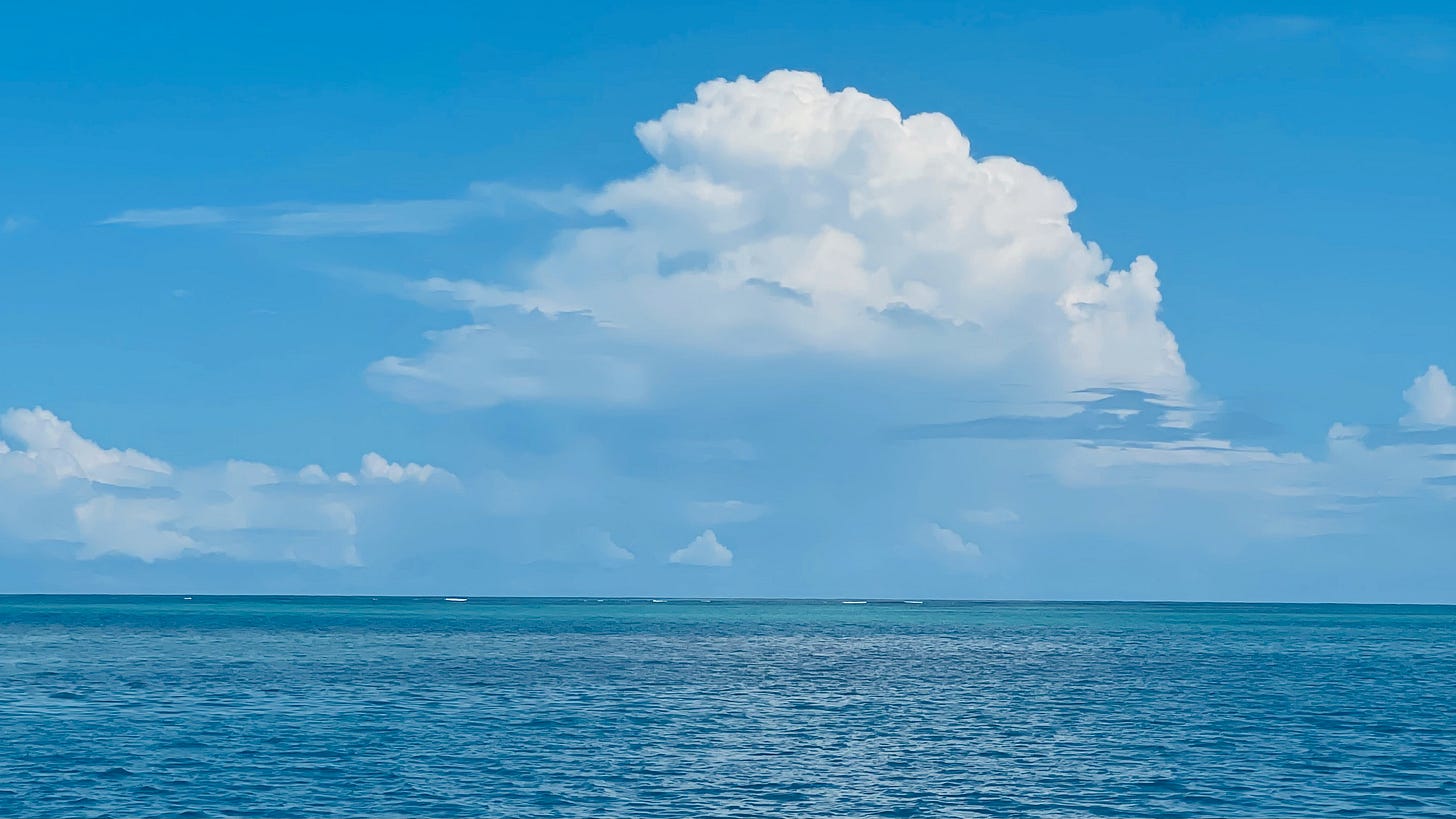
Eventually, the weather was forecast to change, and since Coco Banderas was so exposed, we moved to a more protected island called Isla Verde. Being as remote as they were, we never had any visitors out at Coco Banderas, but once we moved, we were welcomed by a fisherman who sold us a few lobsters. Over the coming days, we had several visitors, sometimes paddling up in traditional dugout canoes, and other times in fiberglass pangas with outboards.
Our view of the neighborhood!
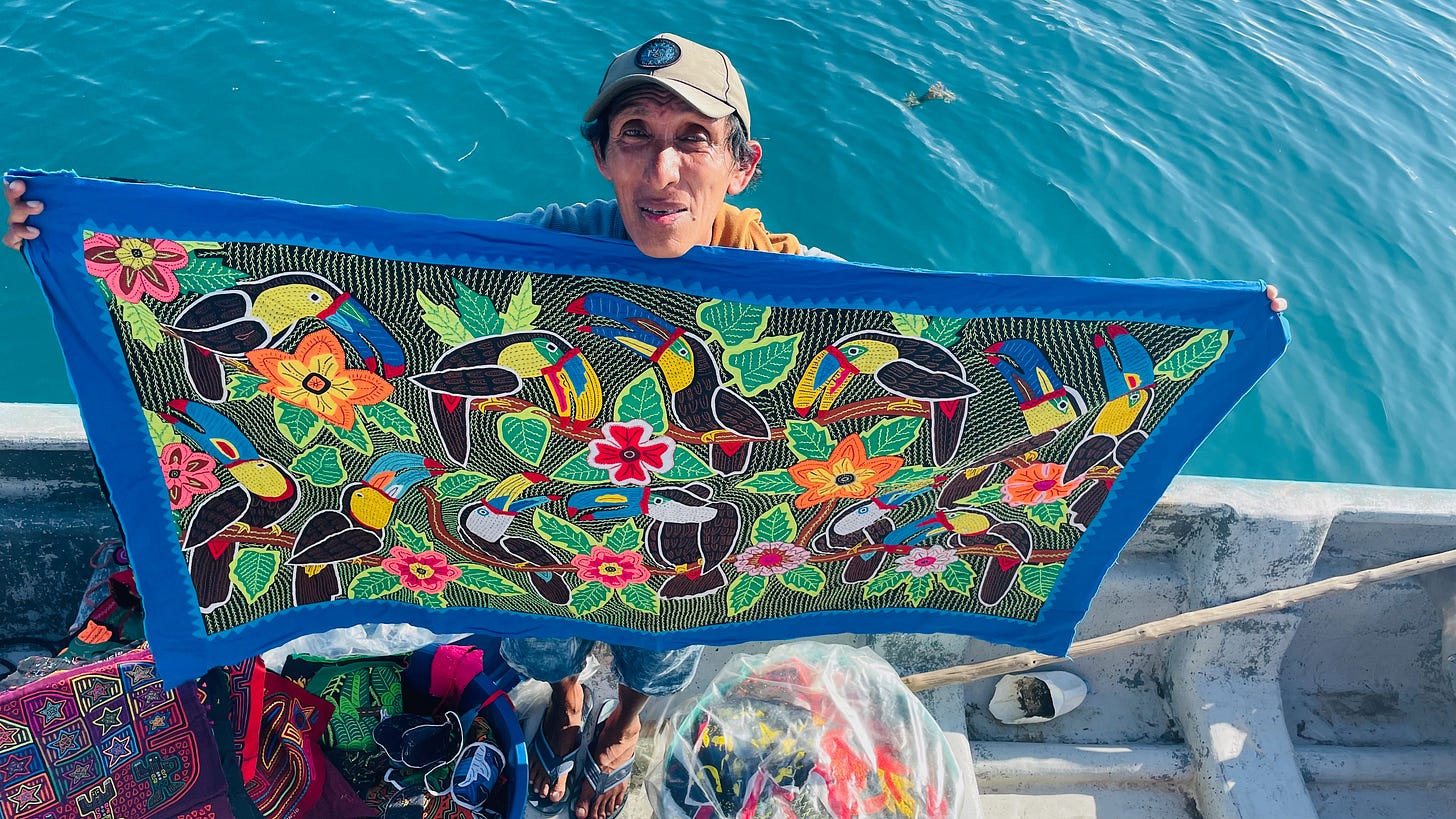
The Guna are famous for their molas, bright and colorful textiles sewn with appliqué and reverse appliqué. Regular embroidery uses thread to stitch out the design. Applique embroidery uses fabric to fill the design and finishes the edge with a finishing stitch. Reverse appliqué layers fabric of different colors, cutting holes through the top layers to reveal the colors underneath, and then stitching all the edges.
There is also a Guna tradition for selling their molas. They first present each one to us with a lot of detail until all of them have been seen before they present each one again more quickly for us to decide which ones we wanted. A lot of the designs are meaningful, for example cacao is their revered plant medicine. They believe digesting it daily helps them to live a long and healthy life, and they burn it for the smoke, as well. The molas always exuded a faint aroma of cacao smoke as we went through them.
We experienced many visits by the Guna people to our boat to sell us molas, fish or vegetables and fruit. We were always delighted to talk to them, and trade with them. The video below is of a Guna man sailing his canoe past our boat. There’s something very elegant in its simplicity.
Emoji island was just south of Isla Verde where we were anchored. The snorkeling around the island was superb. We saw big sting rays, turtles and all kinds of colorful fish.
We also just loved hanging out and relaxing on the island, taking in the expansive vistas all around us. We visited it often since it was such a sweet little gem.
Florenilka was one of the Guna who often stopped by our boat. We’d invite her and her companions onto the boat for coffee. She had a wonderful sense of humor, and turned her molas into clothes and bags. I love this bag and I use it often! We learned a lot about their customs and traditions from her and her friends. They have their own unique language but they also spoke Spanish. The community is matriarchal. Yes, the women are the leaders and everyone feels heard and taken care of. I felt safe overall living in San Blas.
The woman in the above photo and in the video below was making a bracelet and an anklet for me through a special criss-cross technique that created little knots in the string to hold the beads together. I wore these until I arrived in Cartagena. You can see all the bracelets the women wear that create “sleeves” for their arms and ankles.
Eventually, we decided to sail back up to the Hollandes again to meet up with Kyle and Leah on Jubel! They were arriving from Bocas del Toro and we were all super excited to reunite with them. Below is a video of our sail over with Taylor and Mike on Via.

It wasn't easy navigating to get inside the small anchorage. It was very shallow, being only a few feet deeper than our keel, so we crept inside of it very slowly. Since we didn’t have a beach or island to explore there, we decided to move to Banadup Island after a couple of days which was very close, providing us with more protection from the large waves of the Atlantic ocean, as well as bit of shelter from the relentless wind.
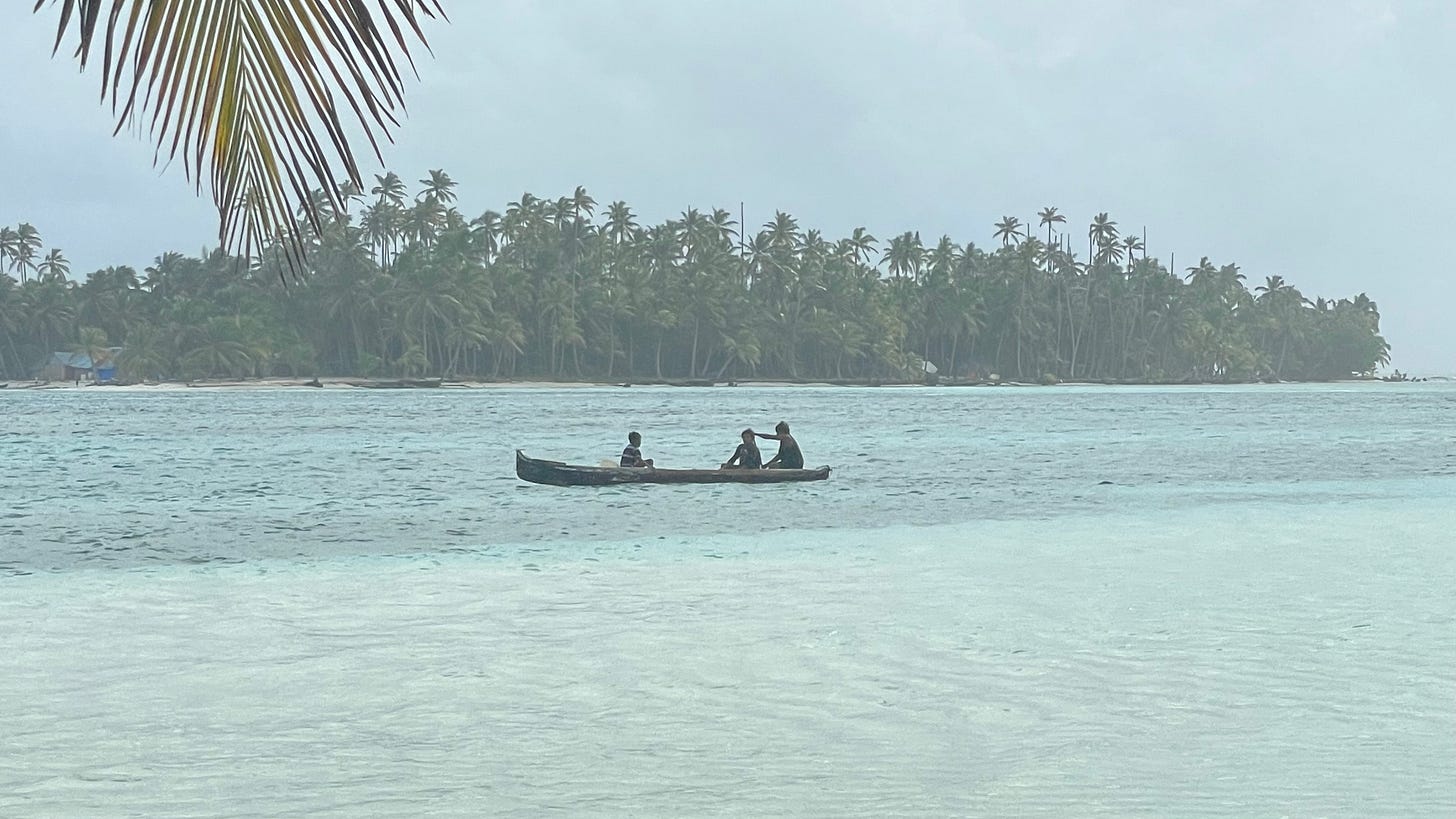
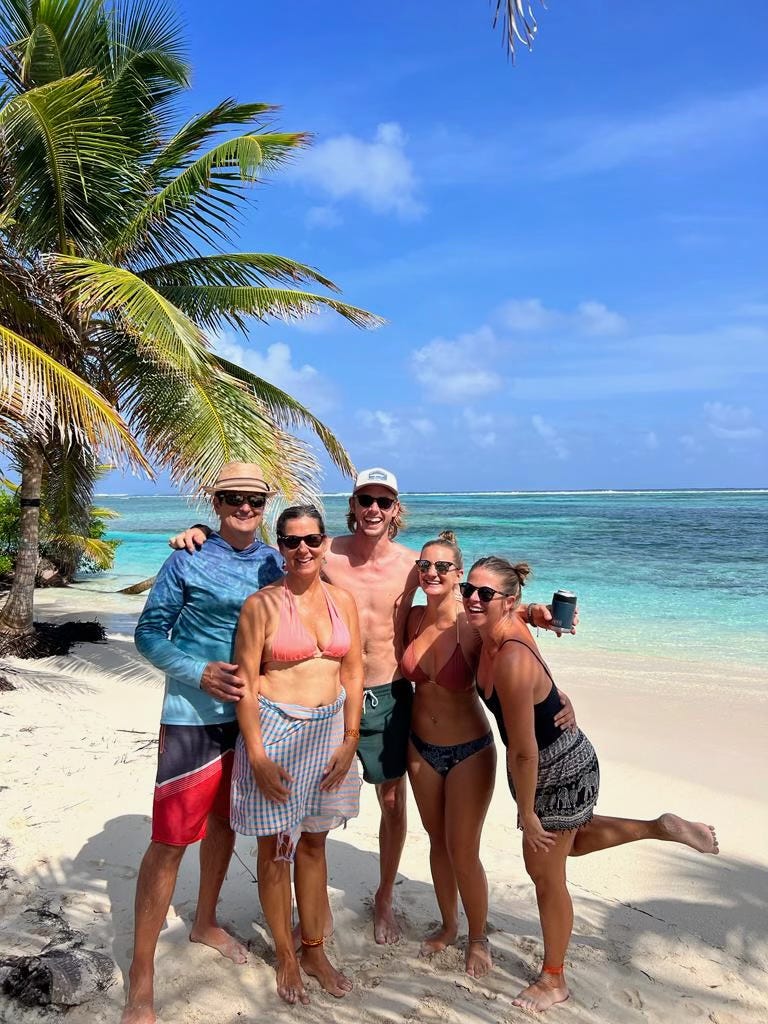
We really enjoyed the beginning of our time in San Blas where we were the only few boats around in such a remote setting, gazing up at the stars at night or across the expansive sunlit sea by day. It was finally an opportunity for us to rest on our laurels and enjoy our time in nature. No big passages to prepare for, no boat work, just living freely.
The rest of our time in San Blas we caught up with the larger group of cruisers we met sailing down the coast of Mexico into Costa Rica. We also had special guests visiting us for a while! Stay tuned for more exciting adventures on Enchanted Voyage!



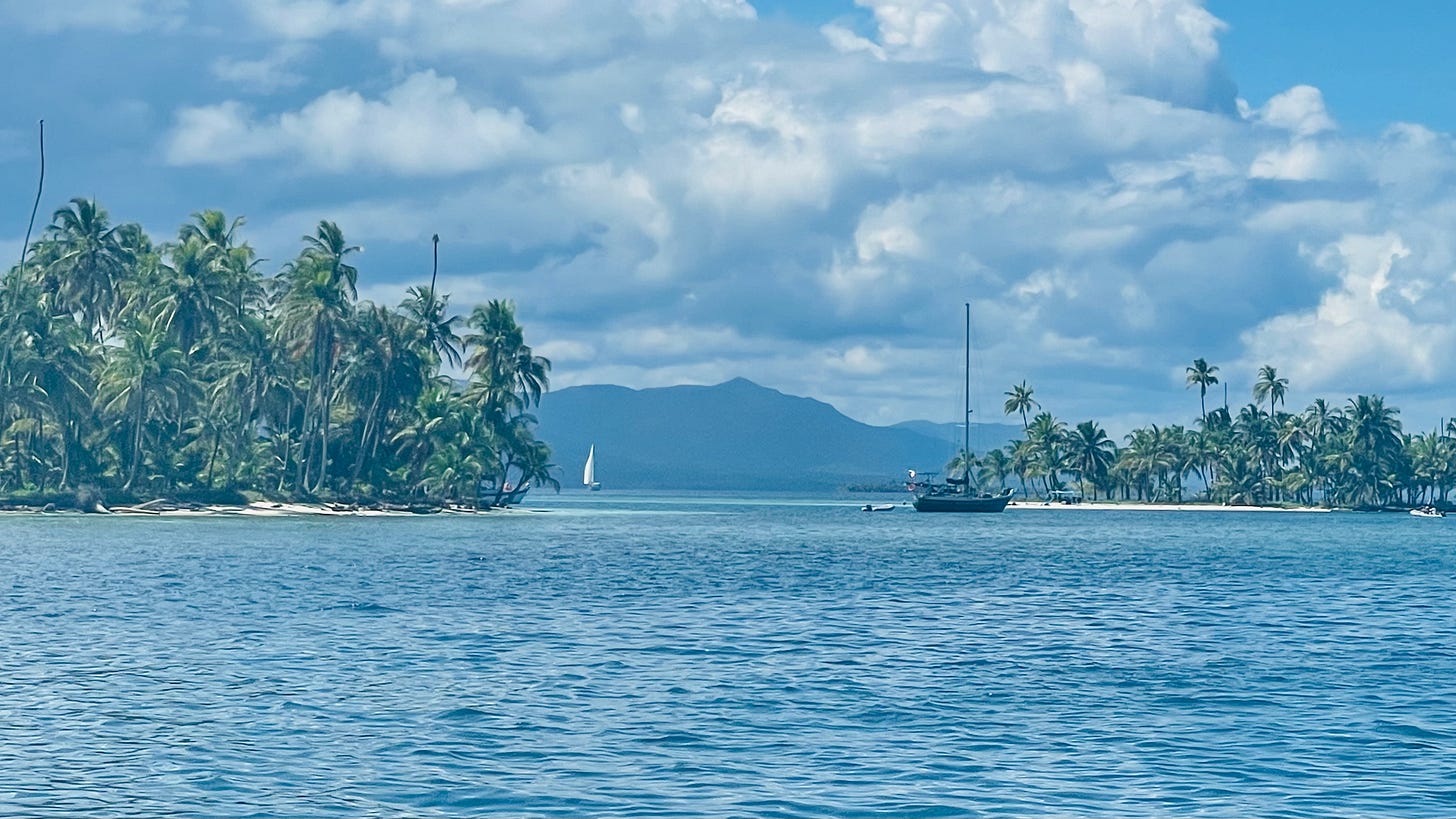
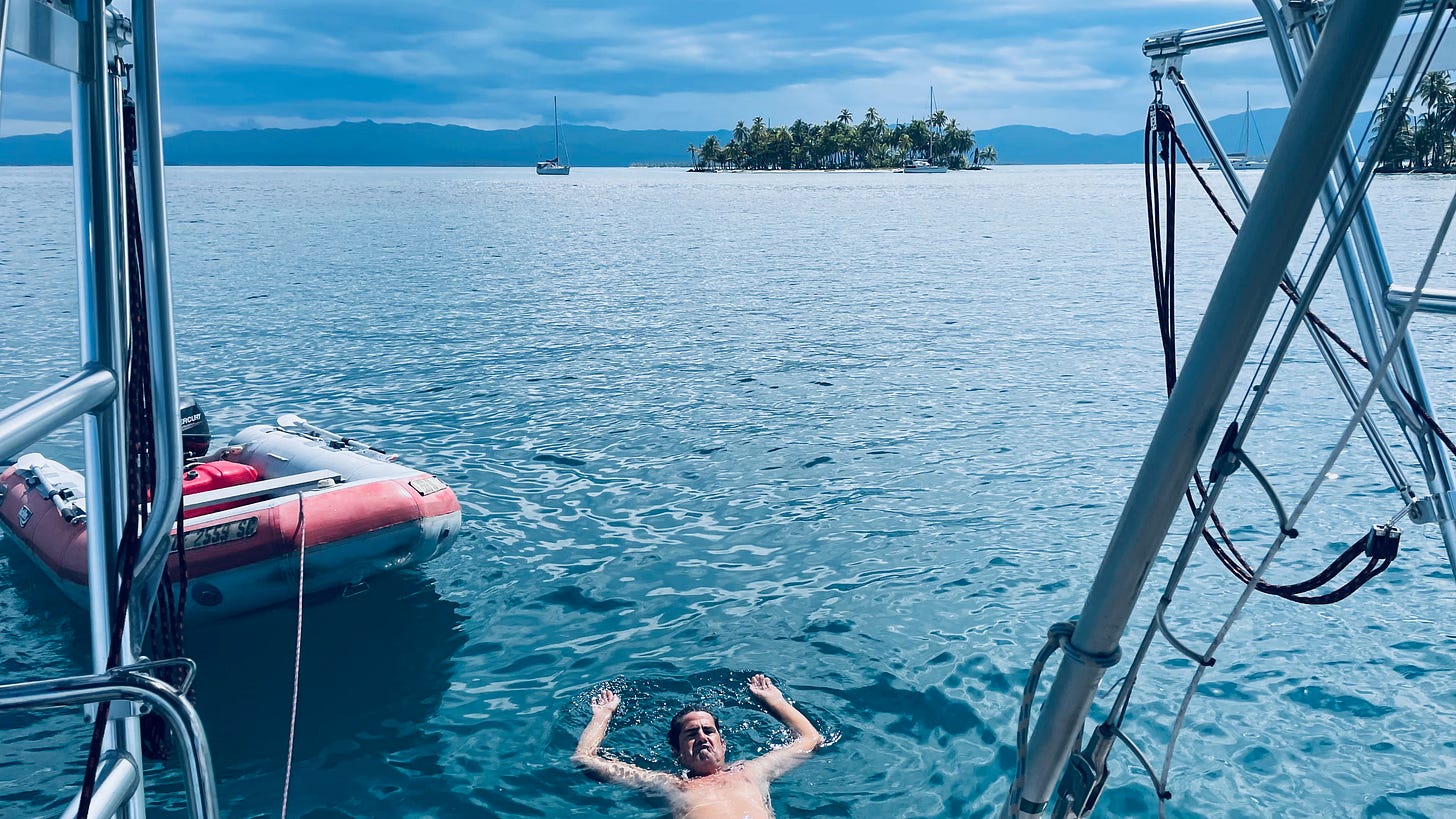

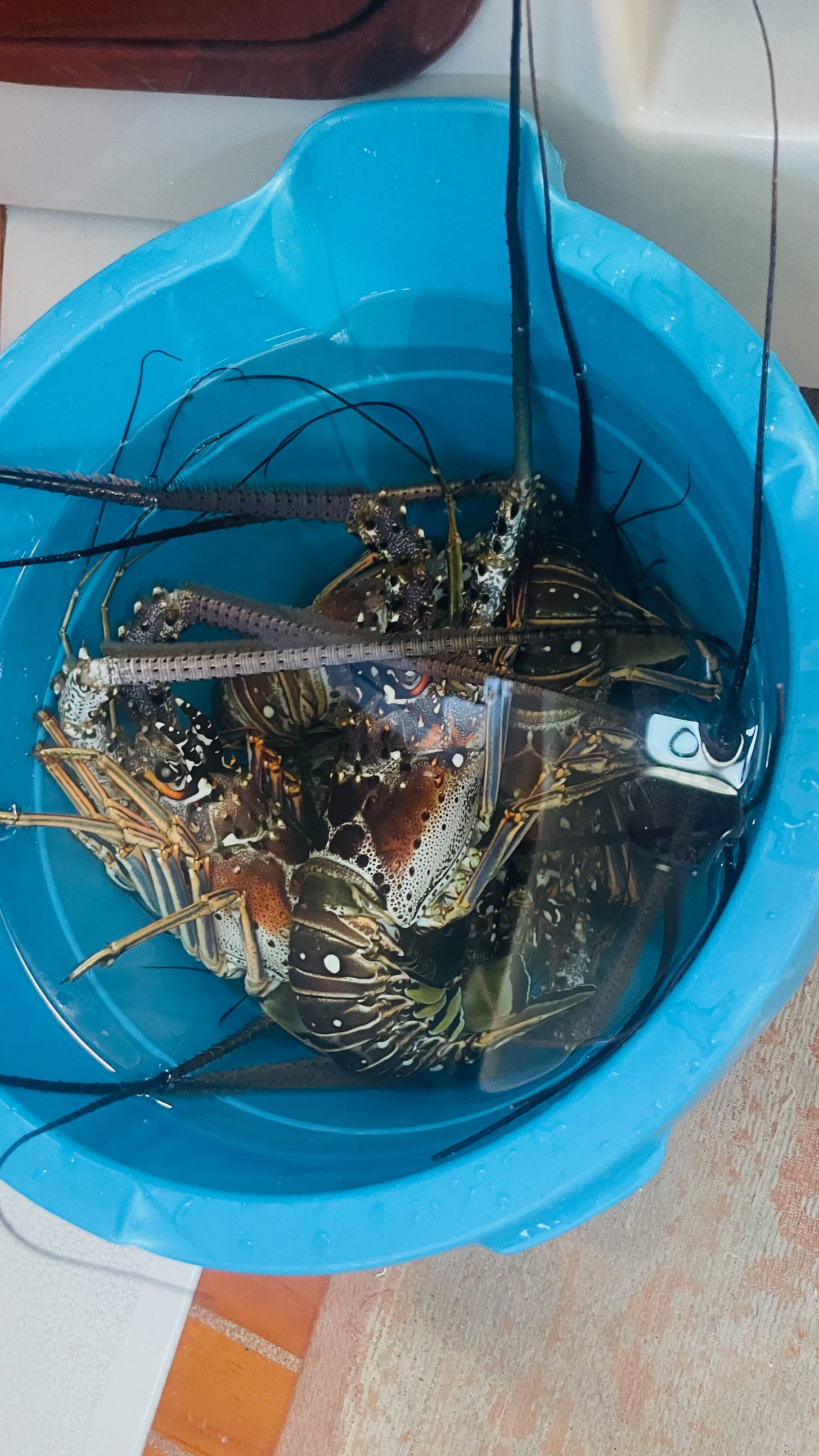


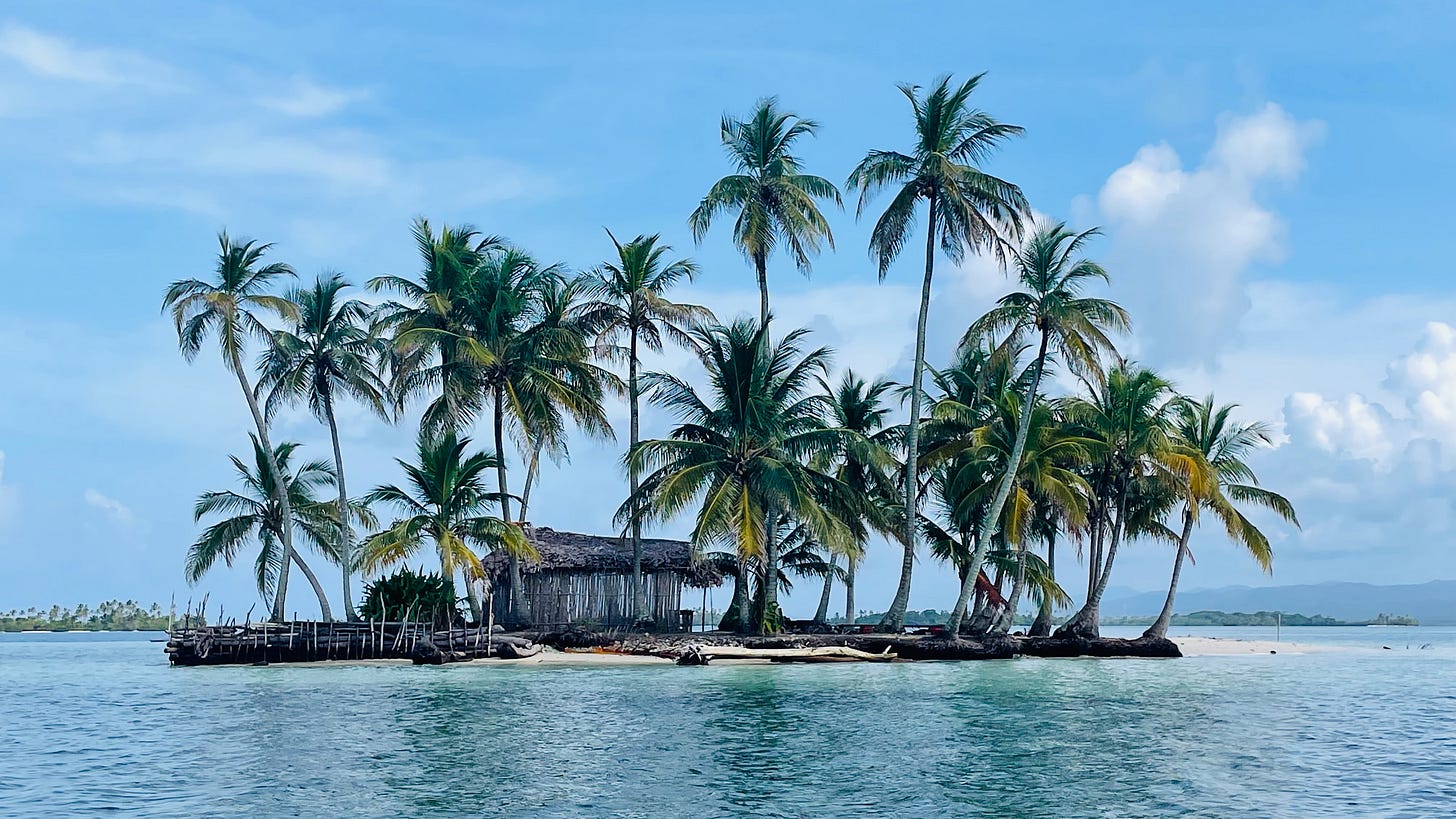
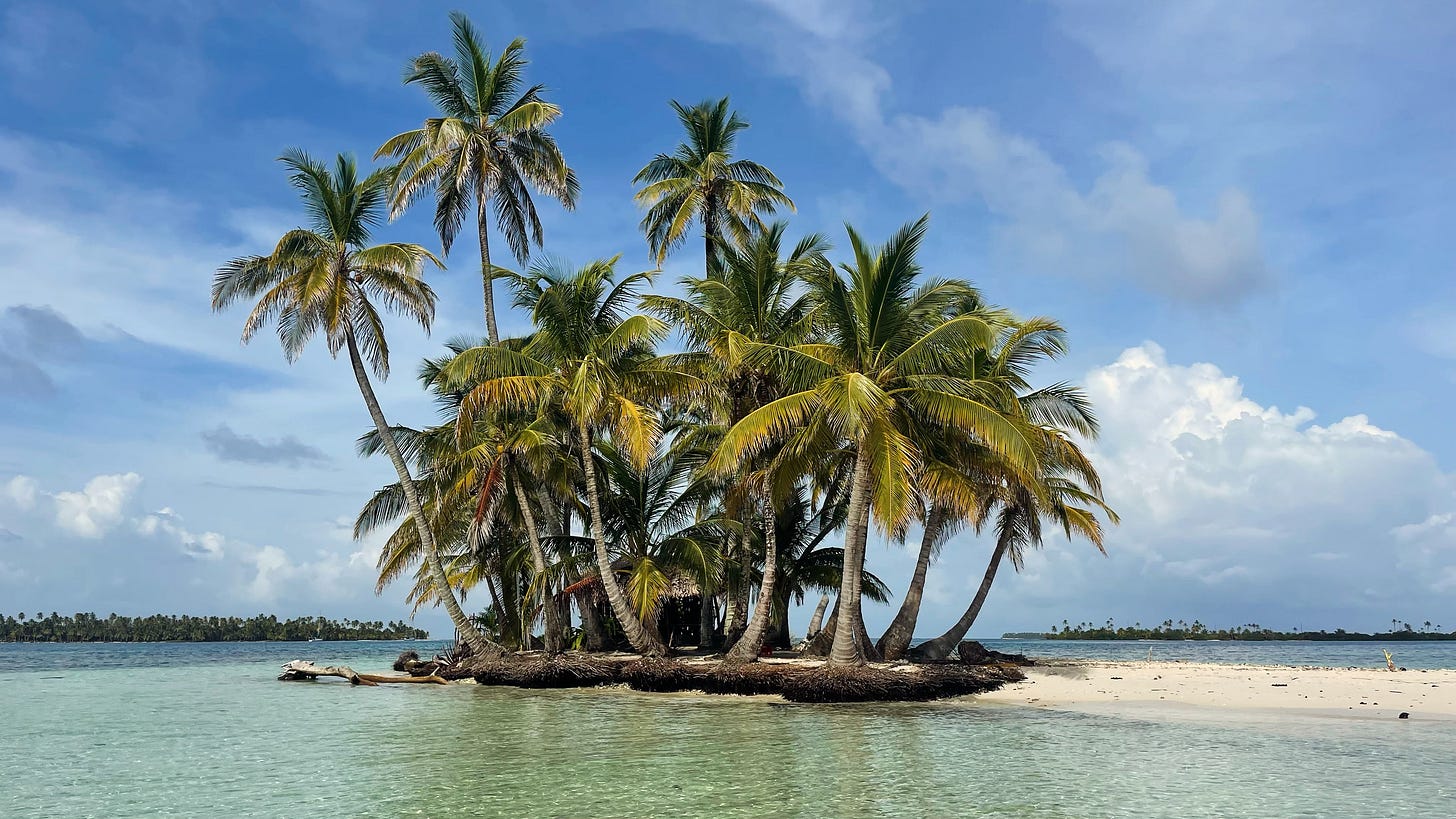
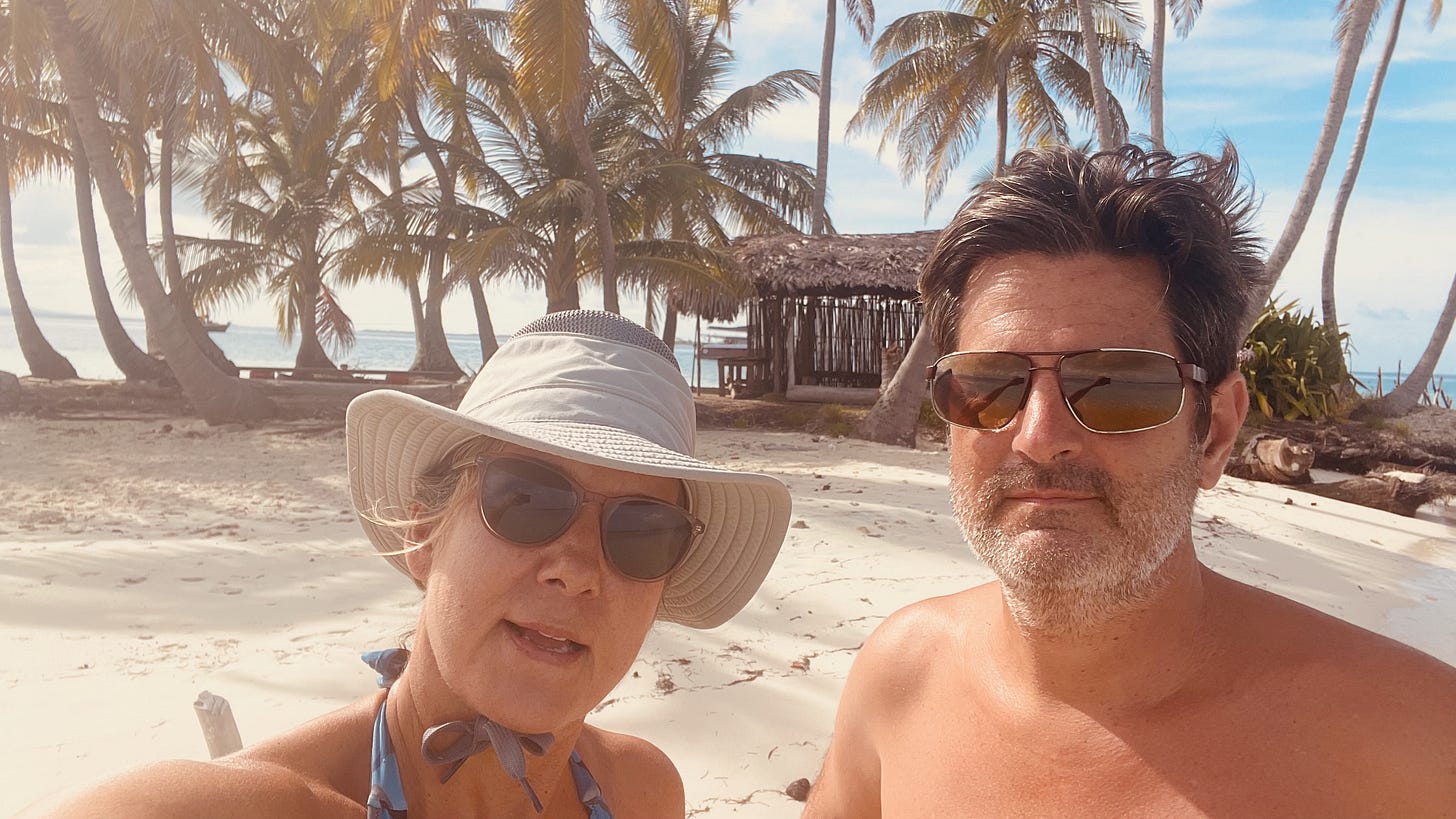
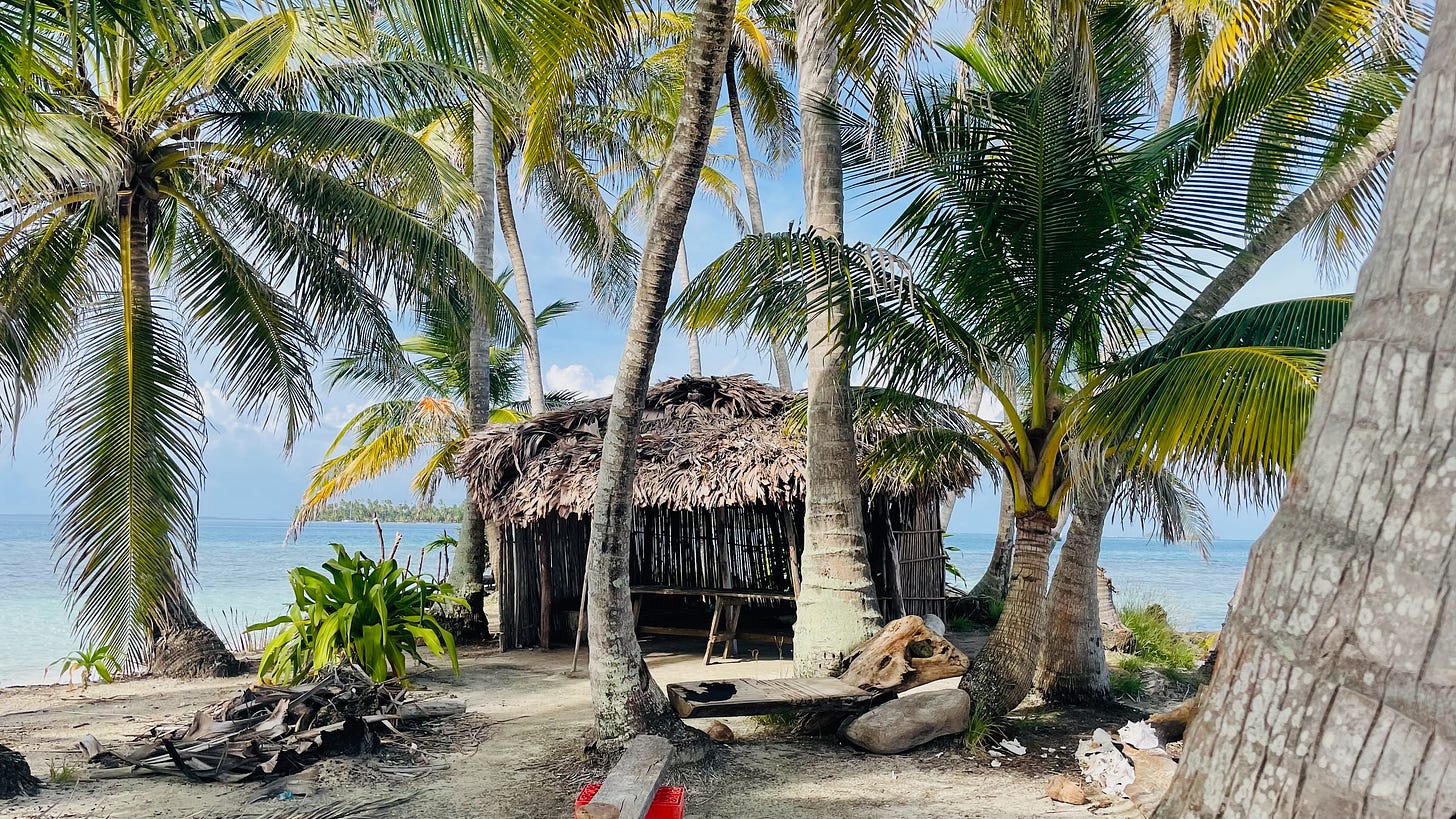
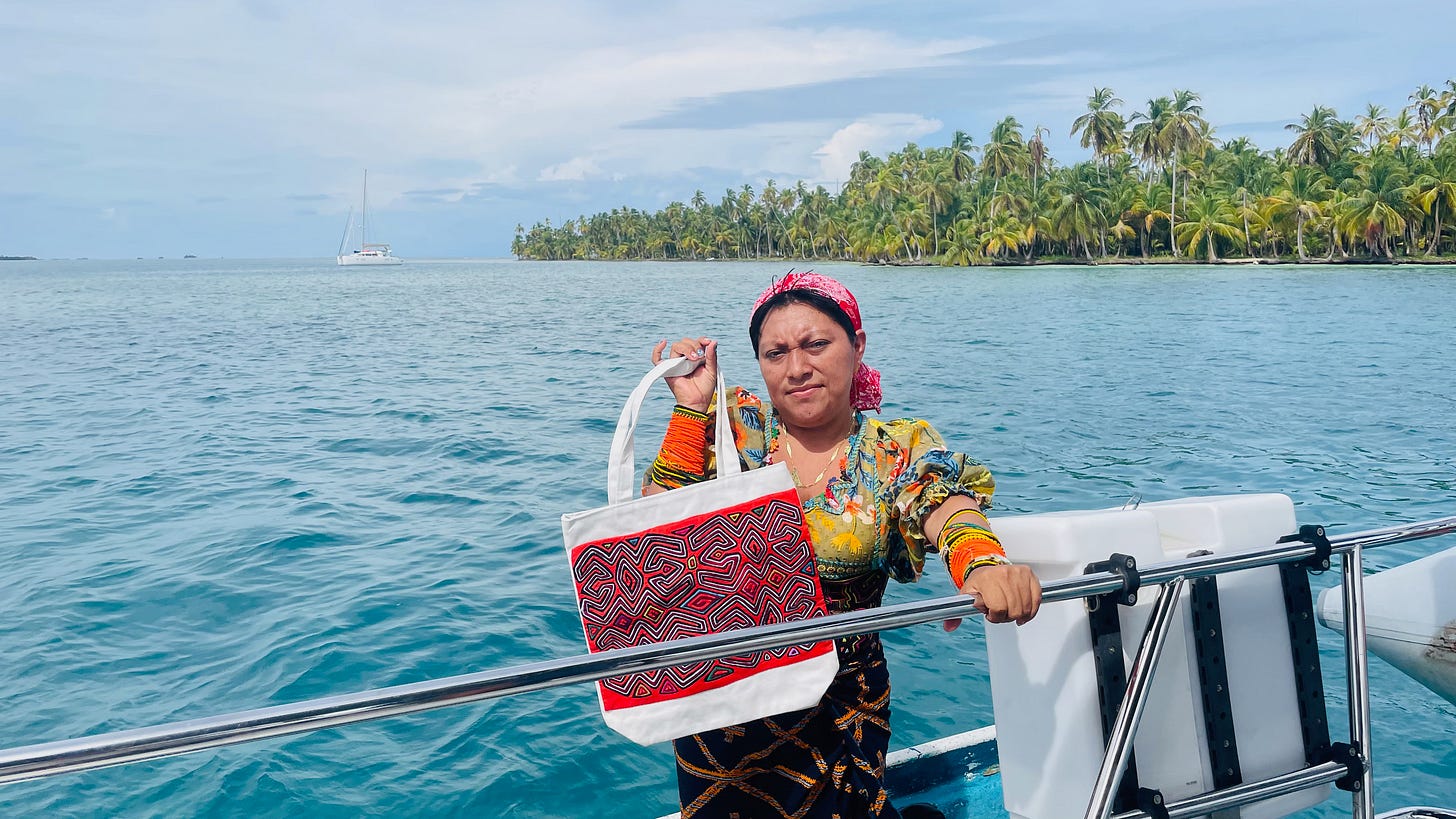
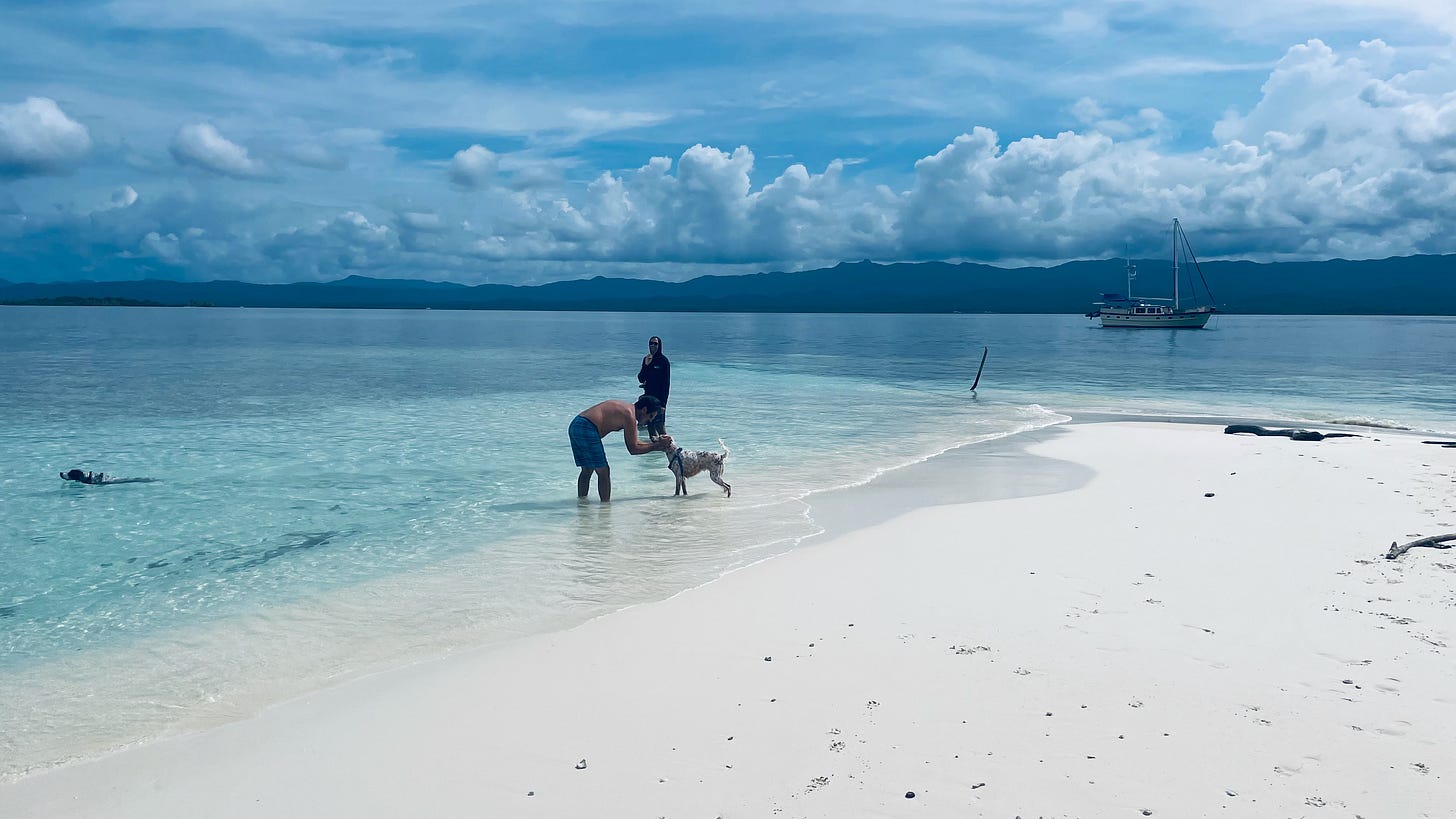
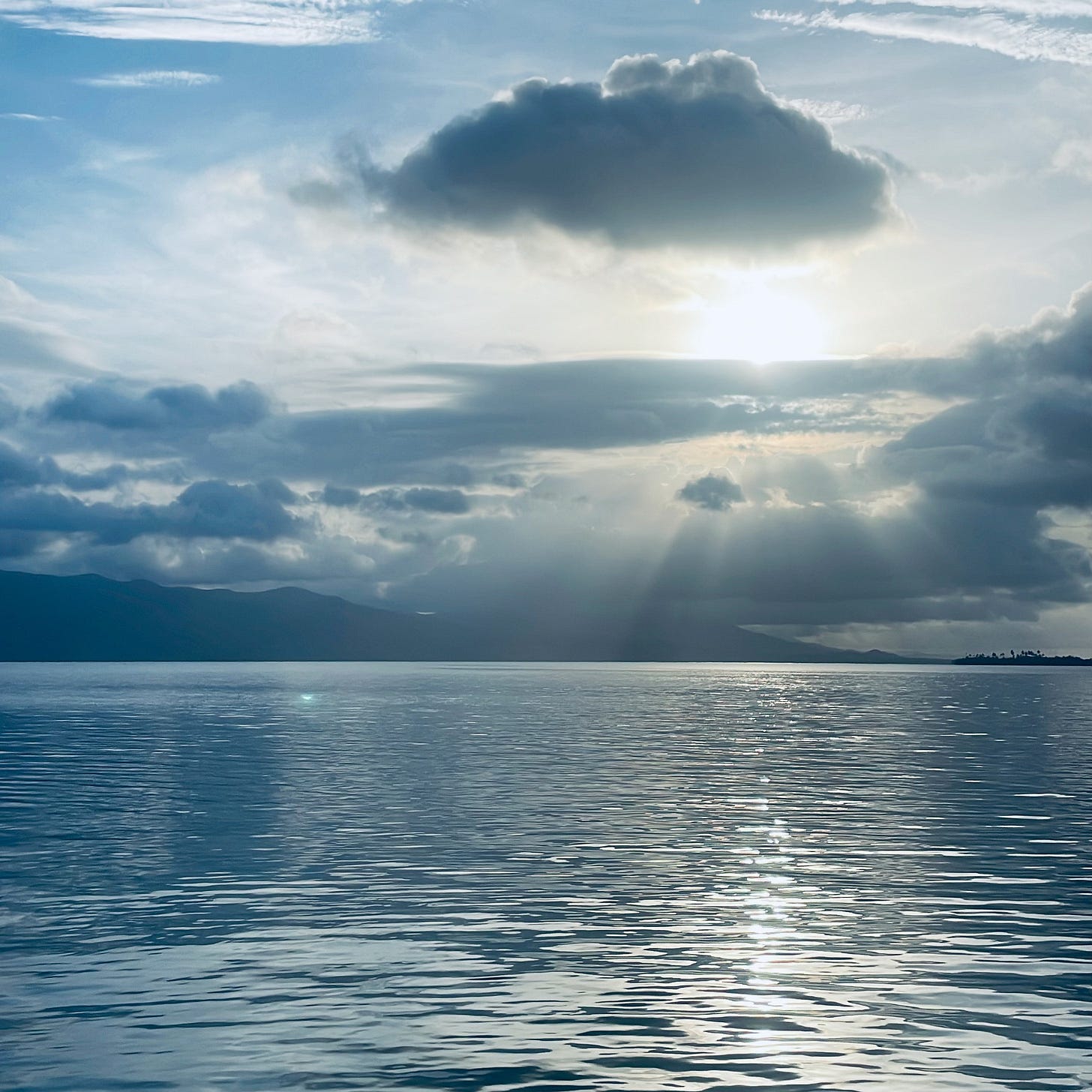
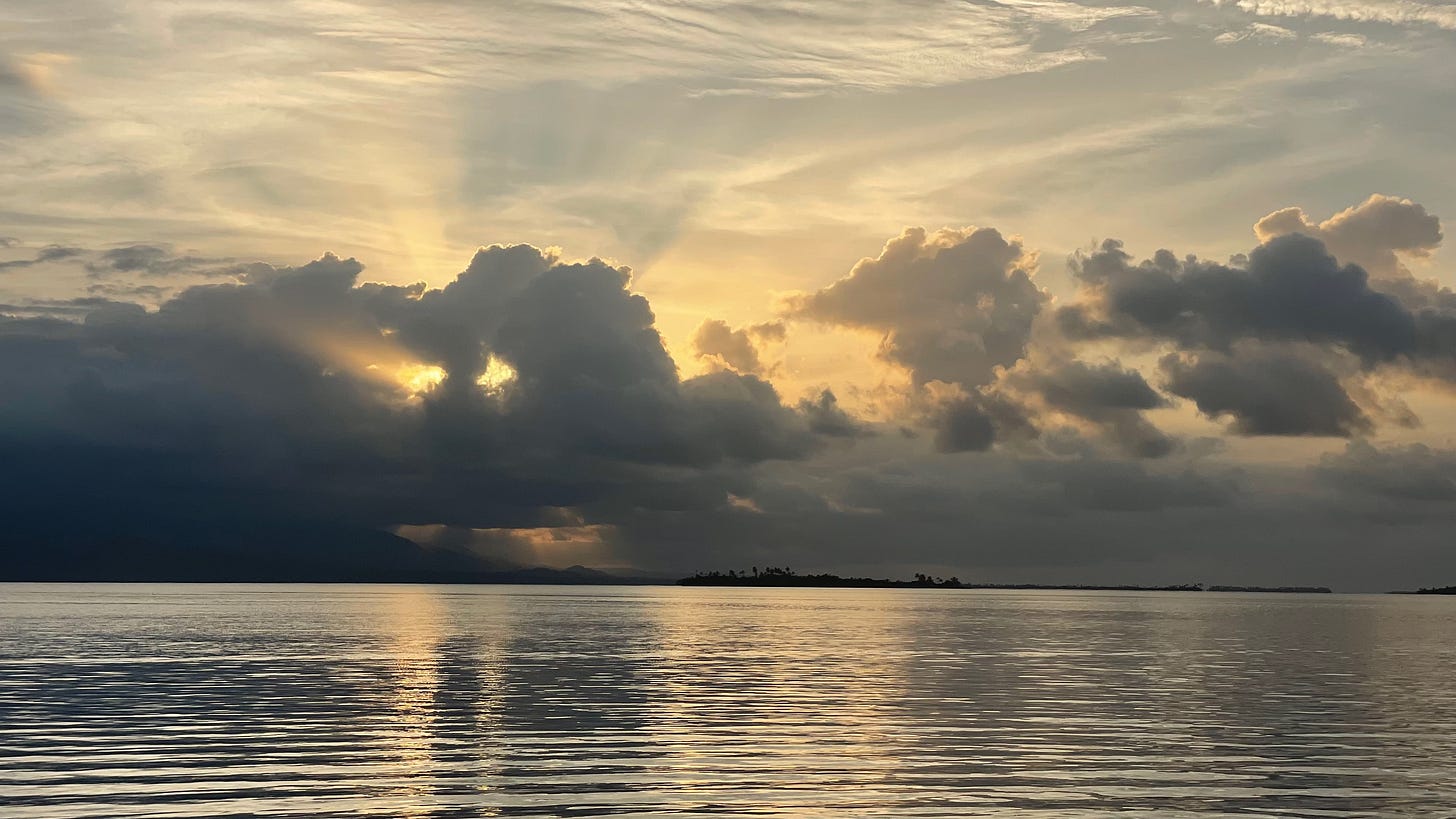

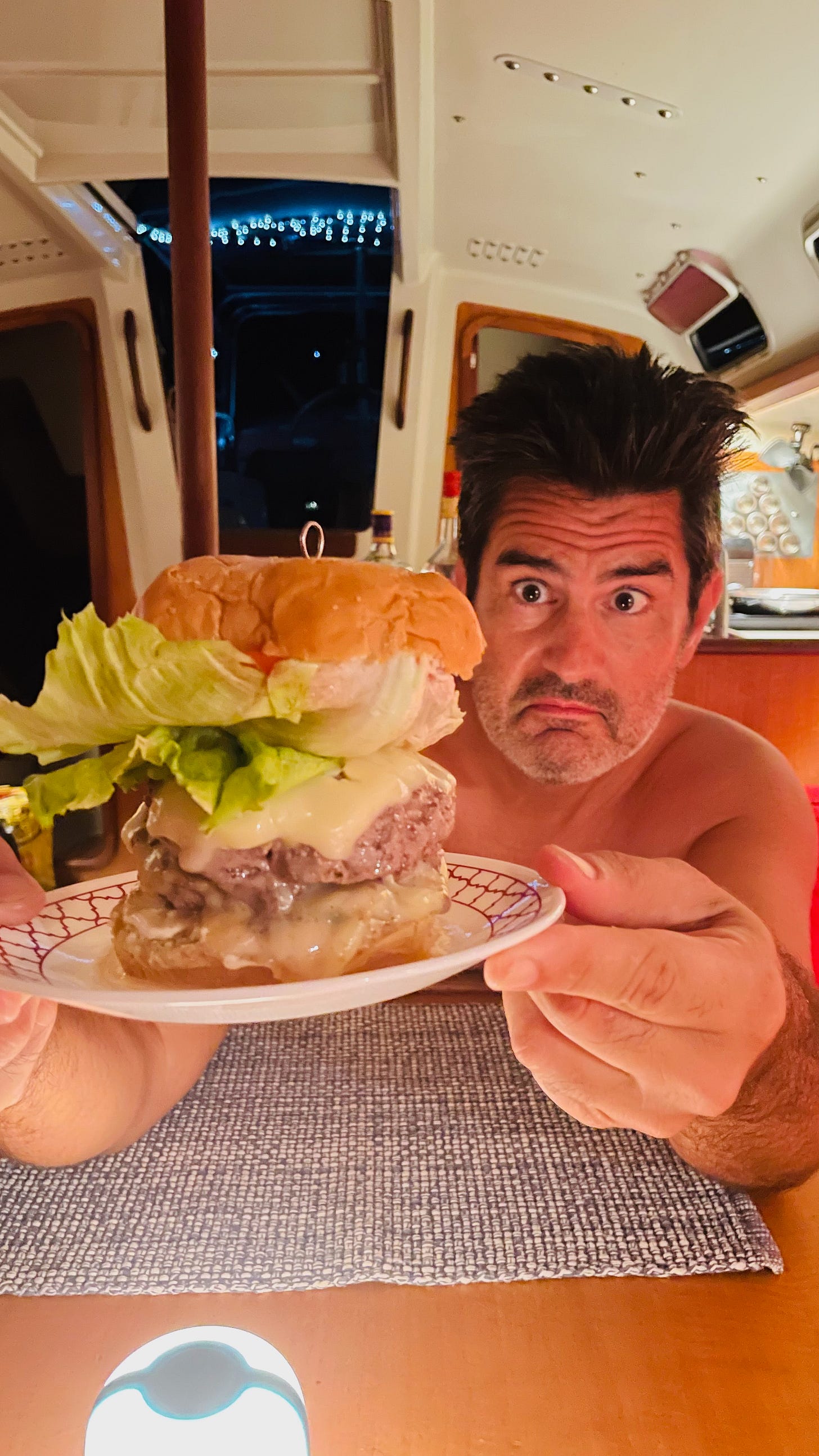
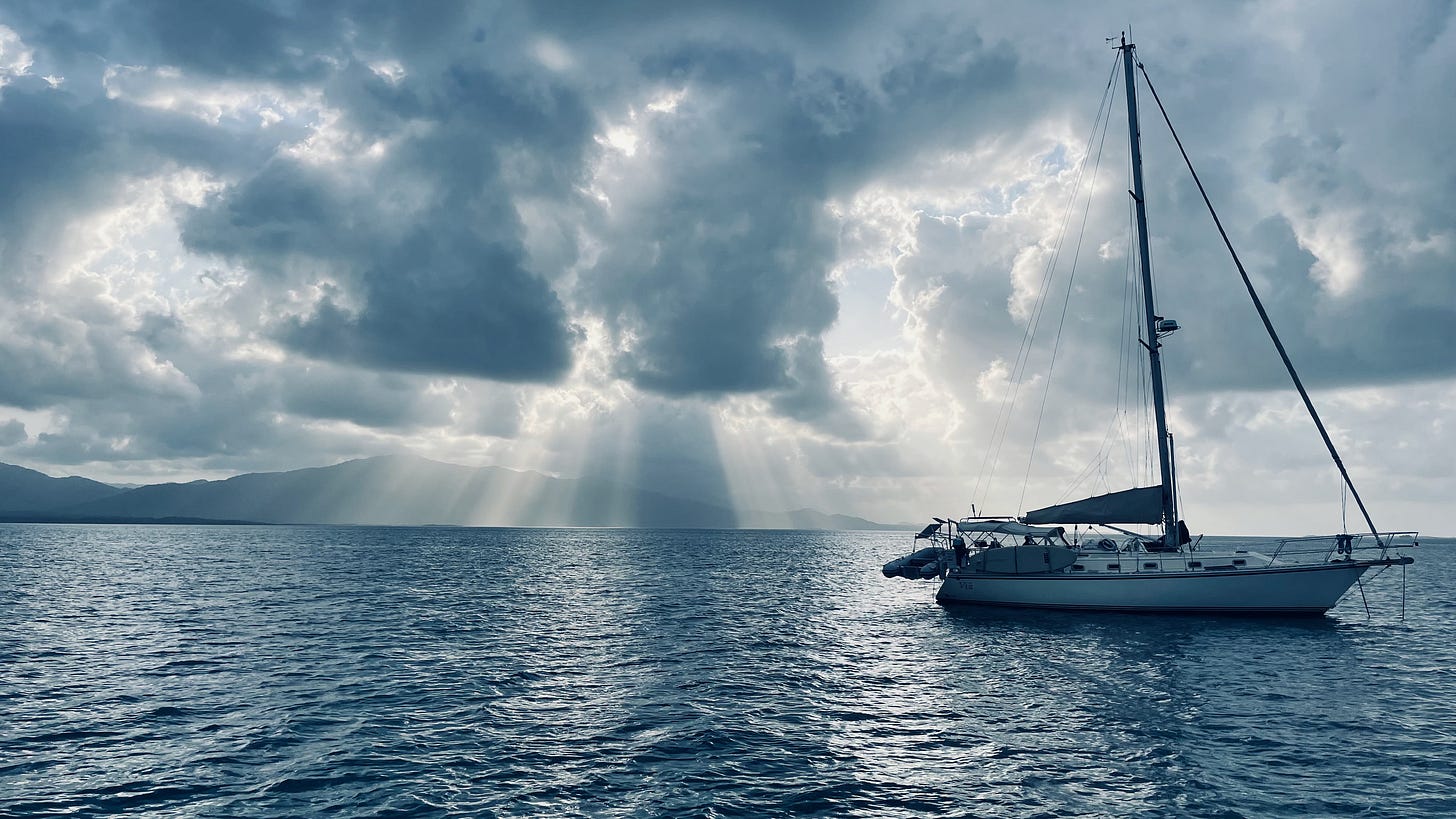
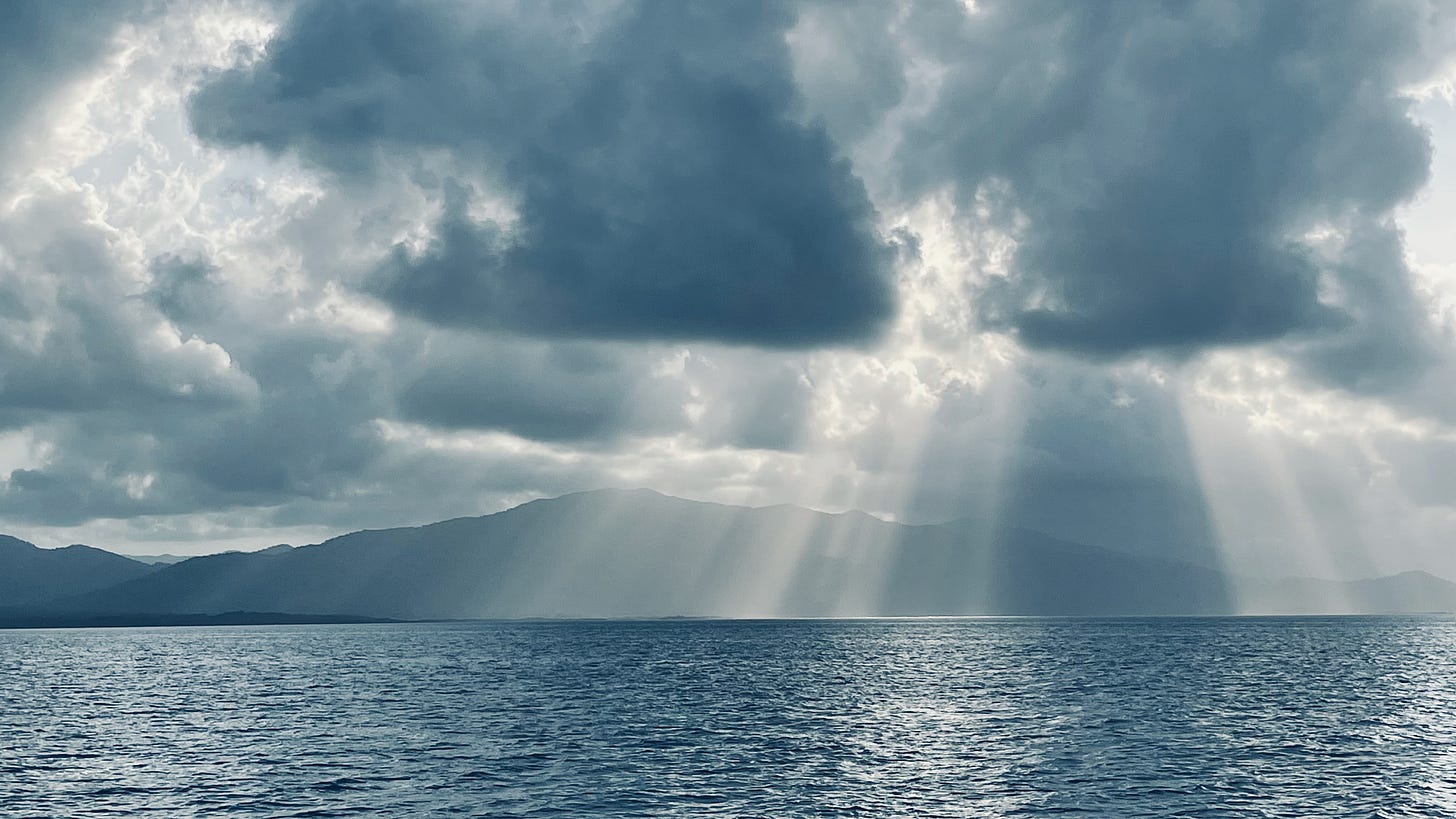
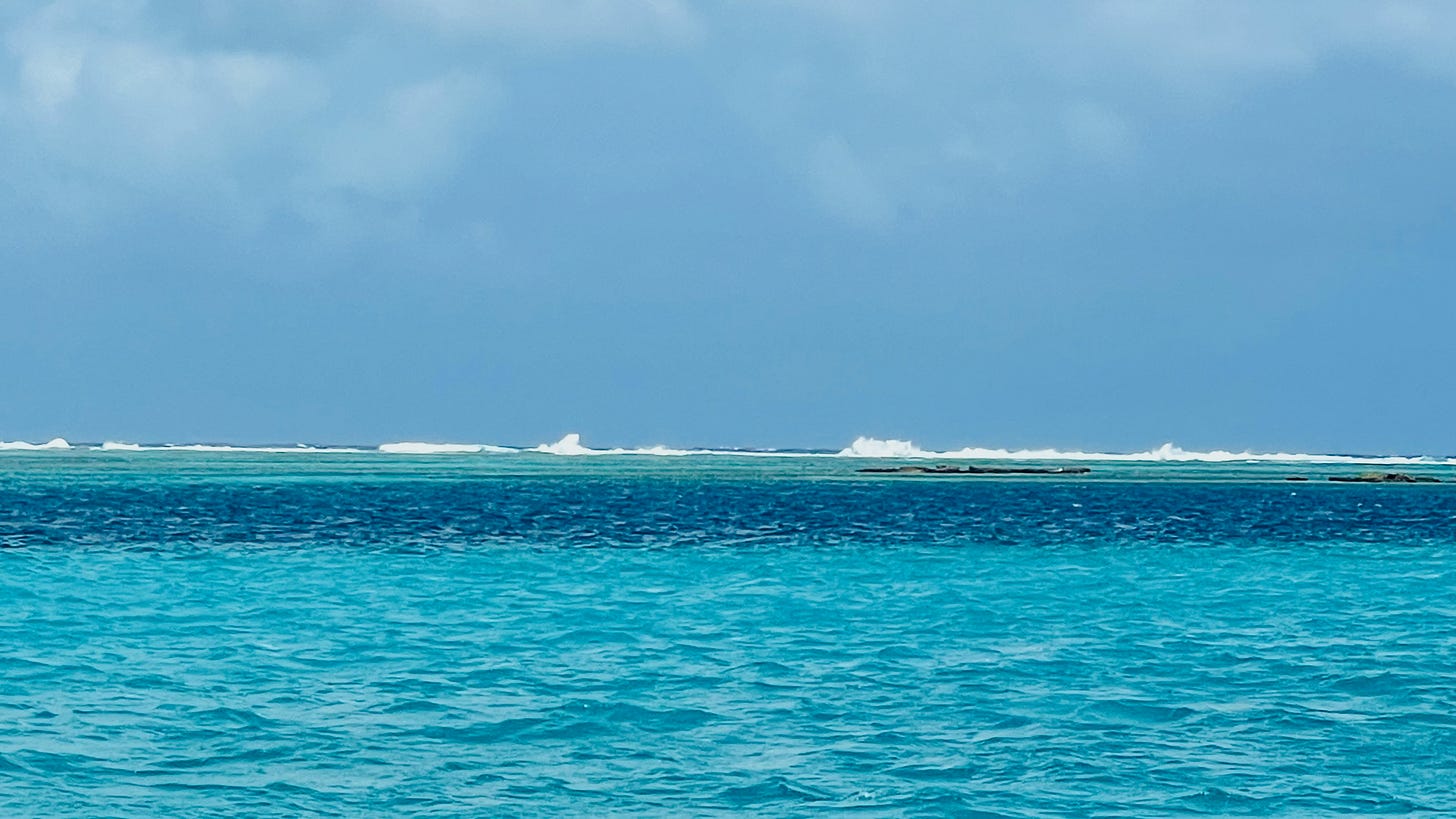
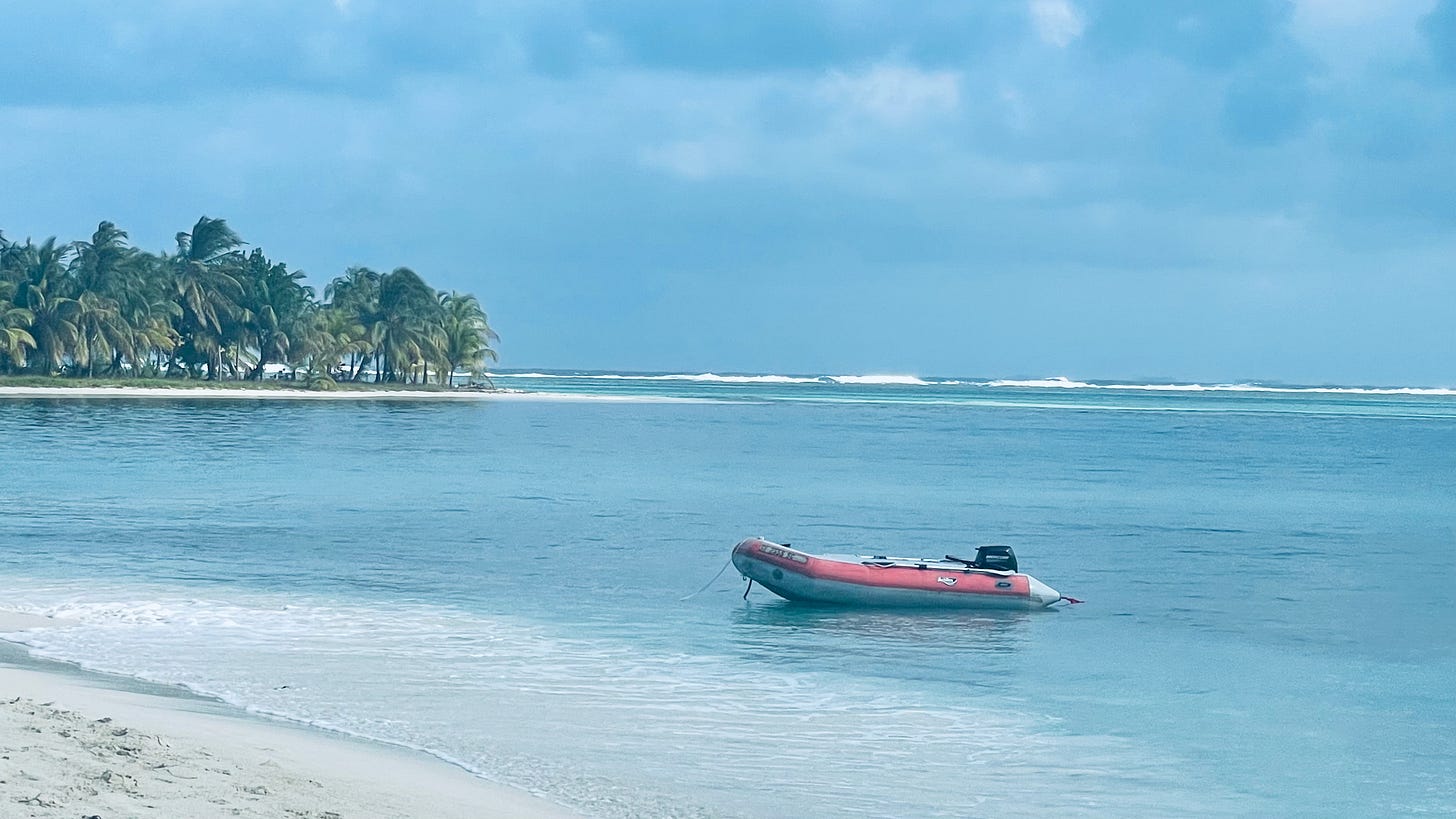
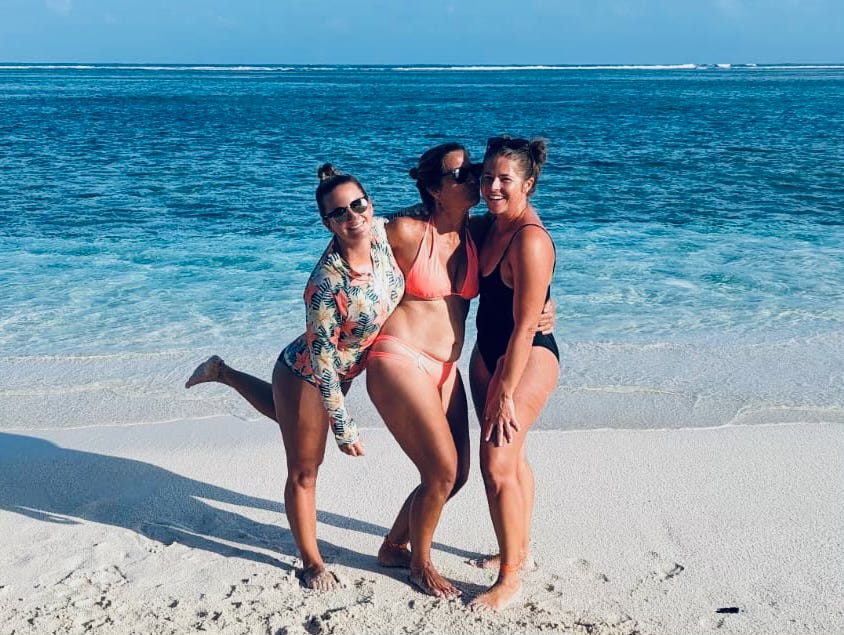
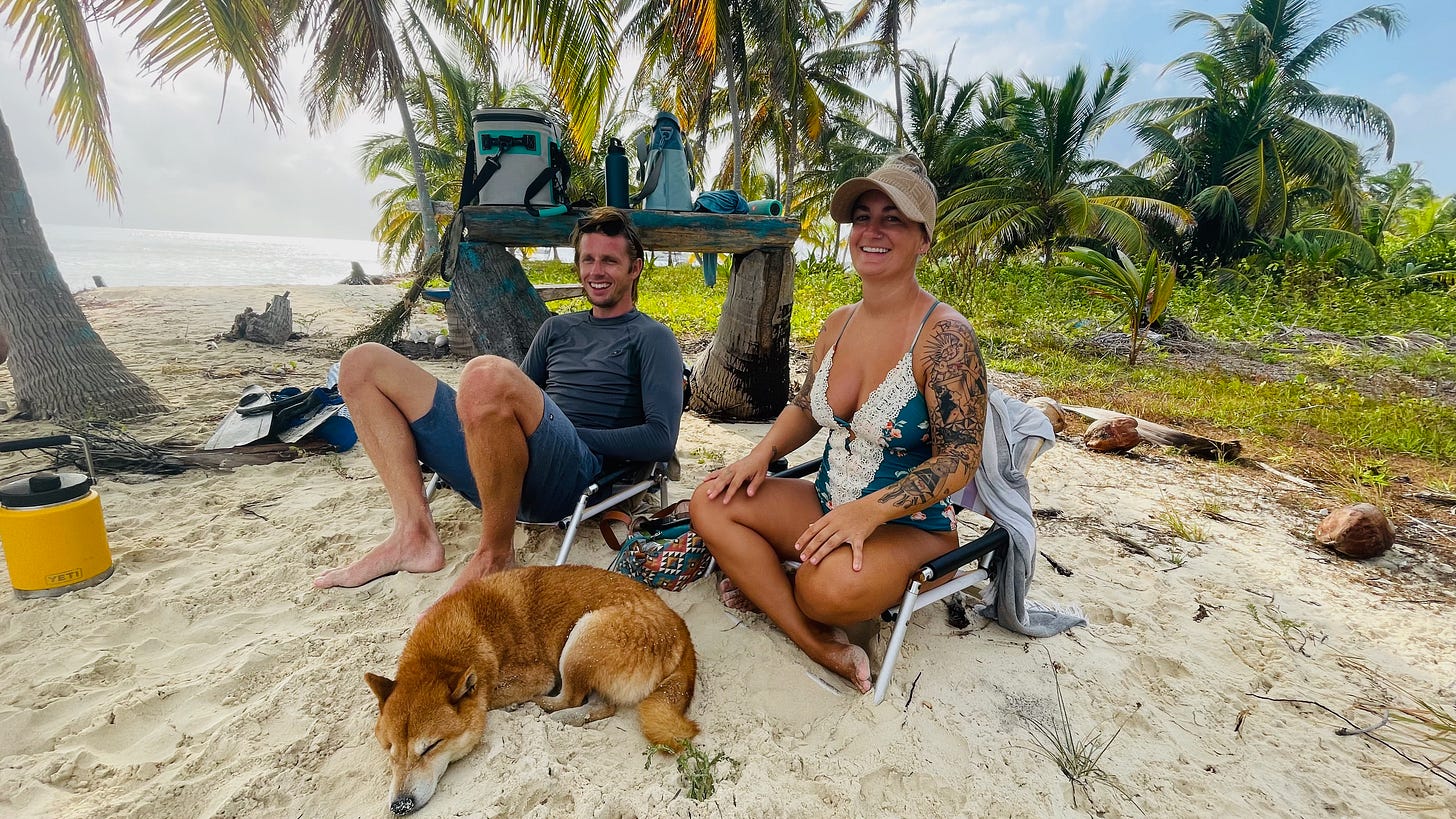



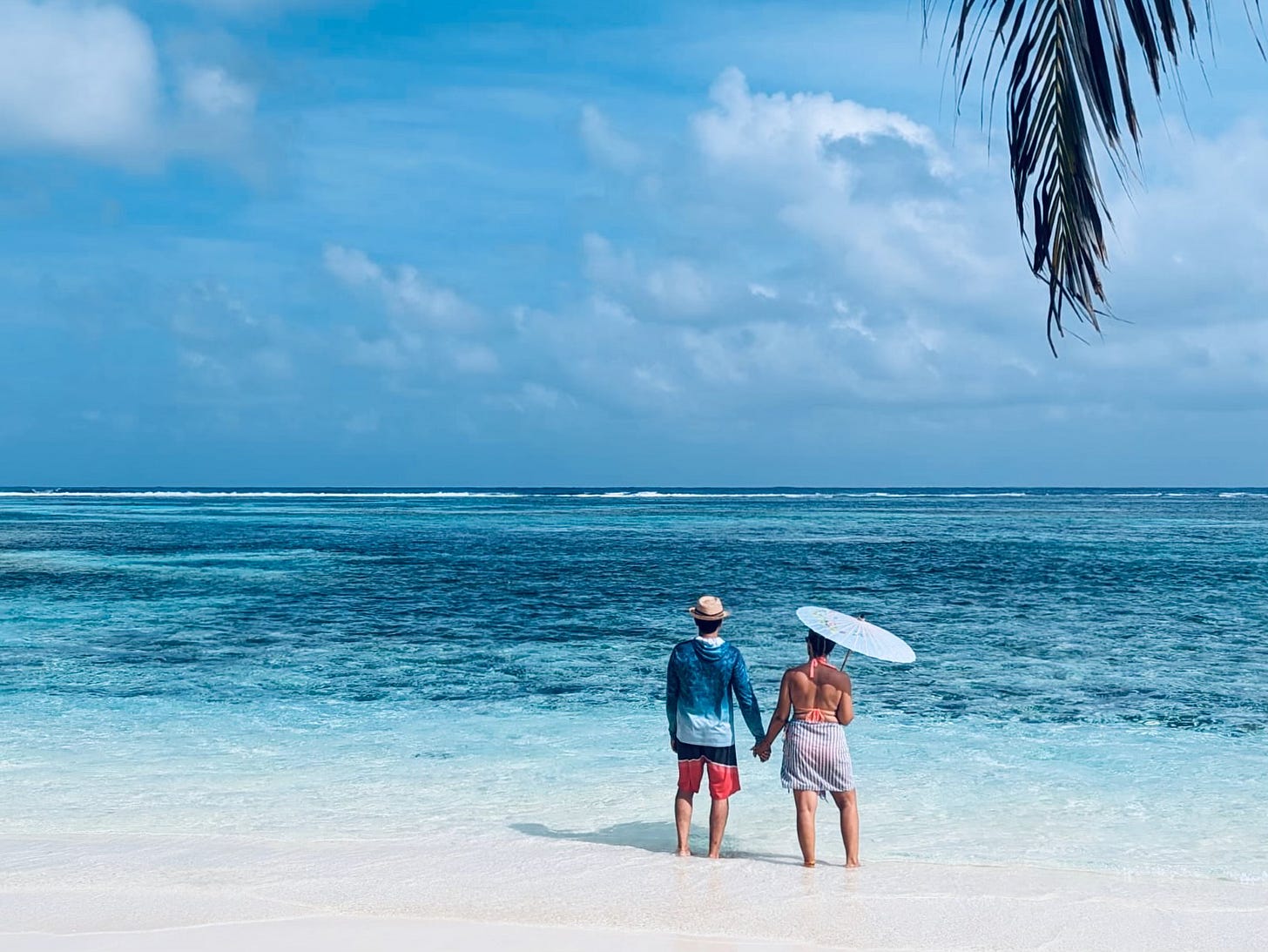

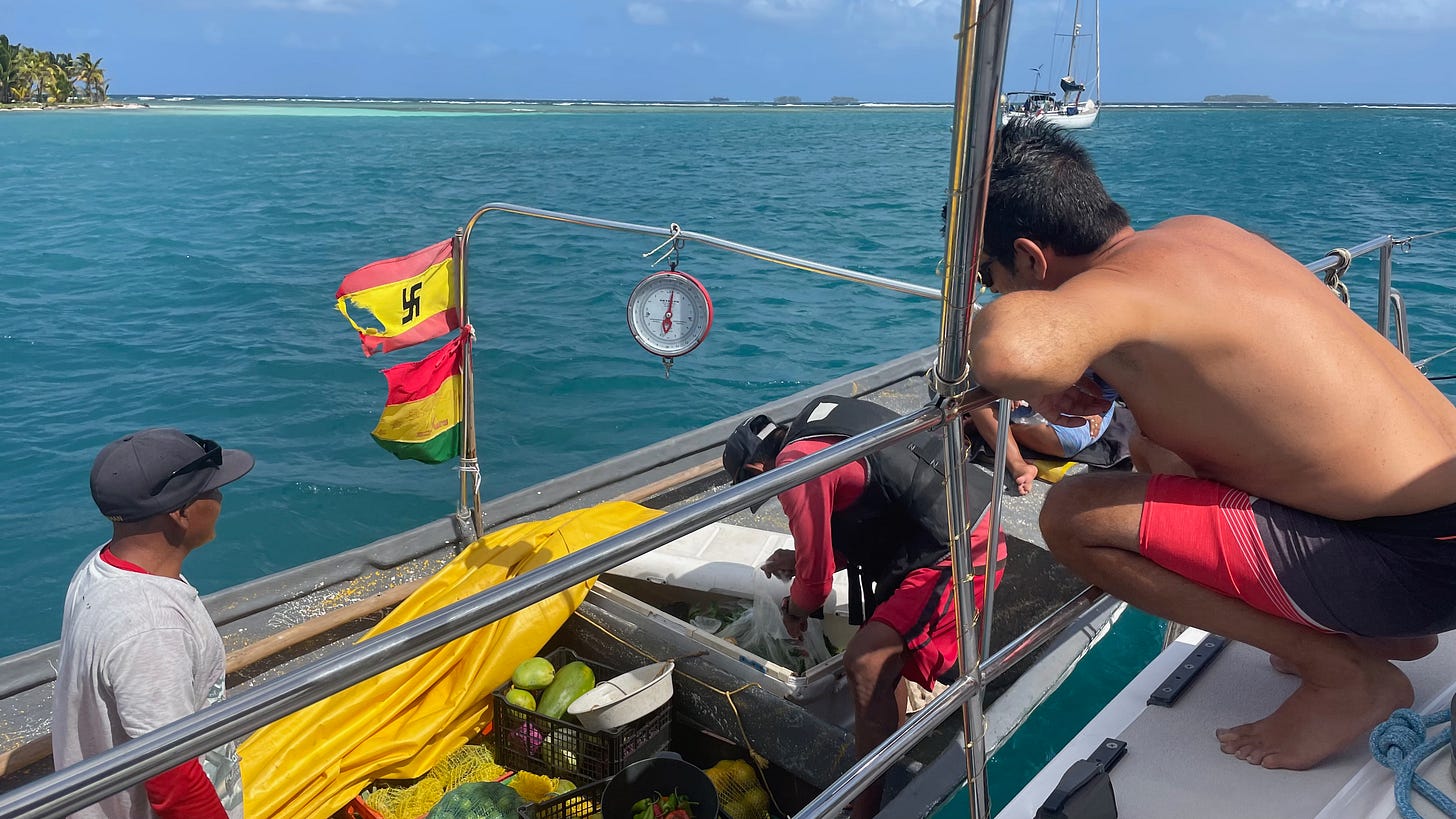
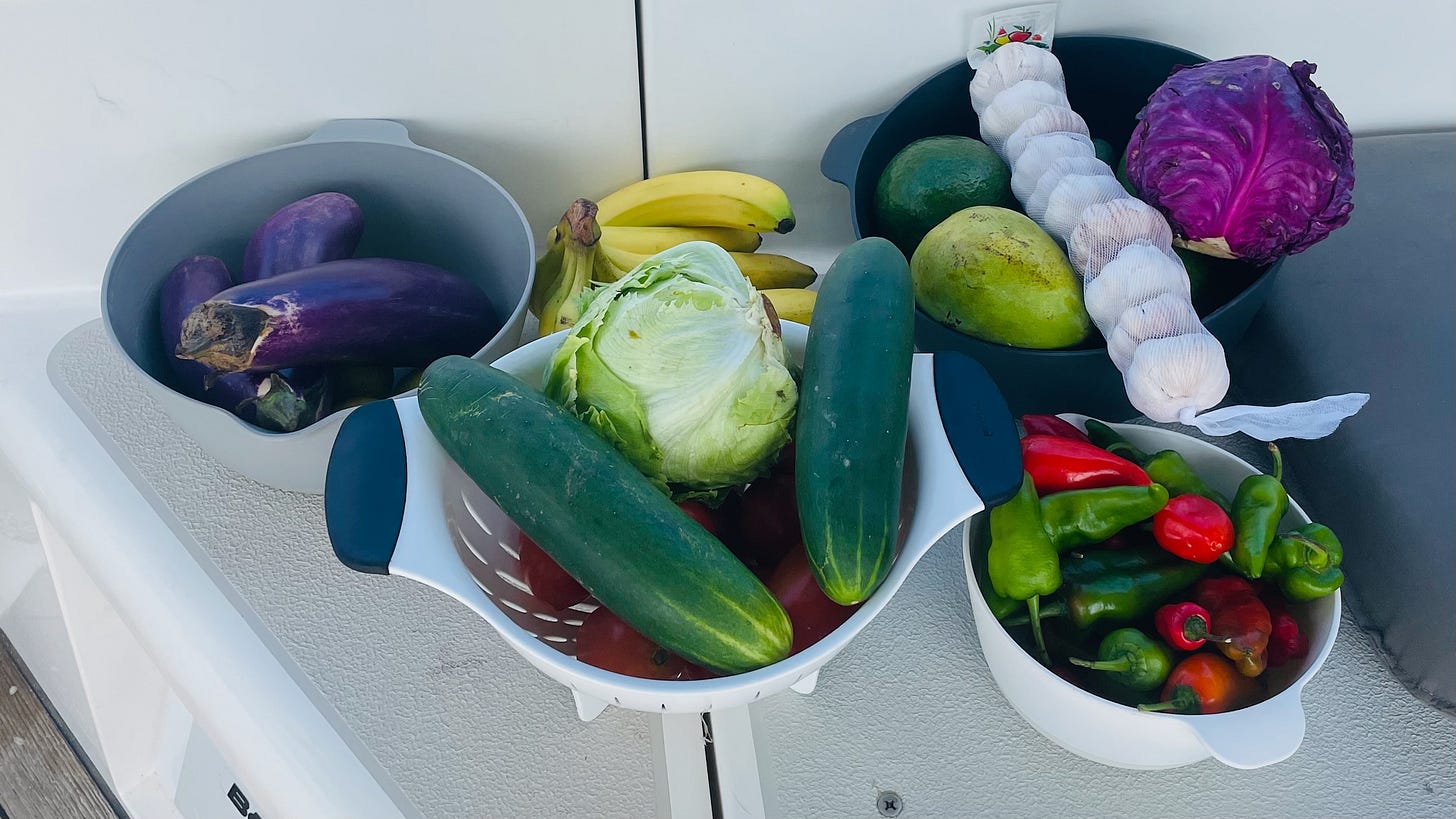

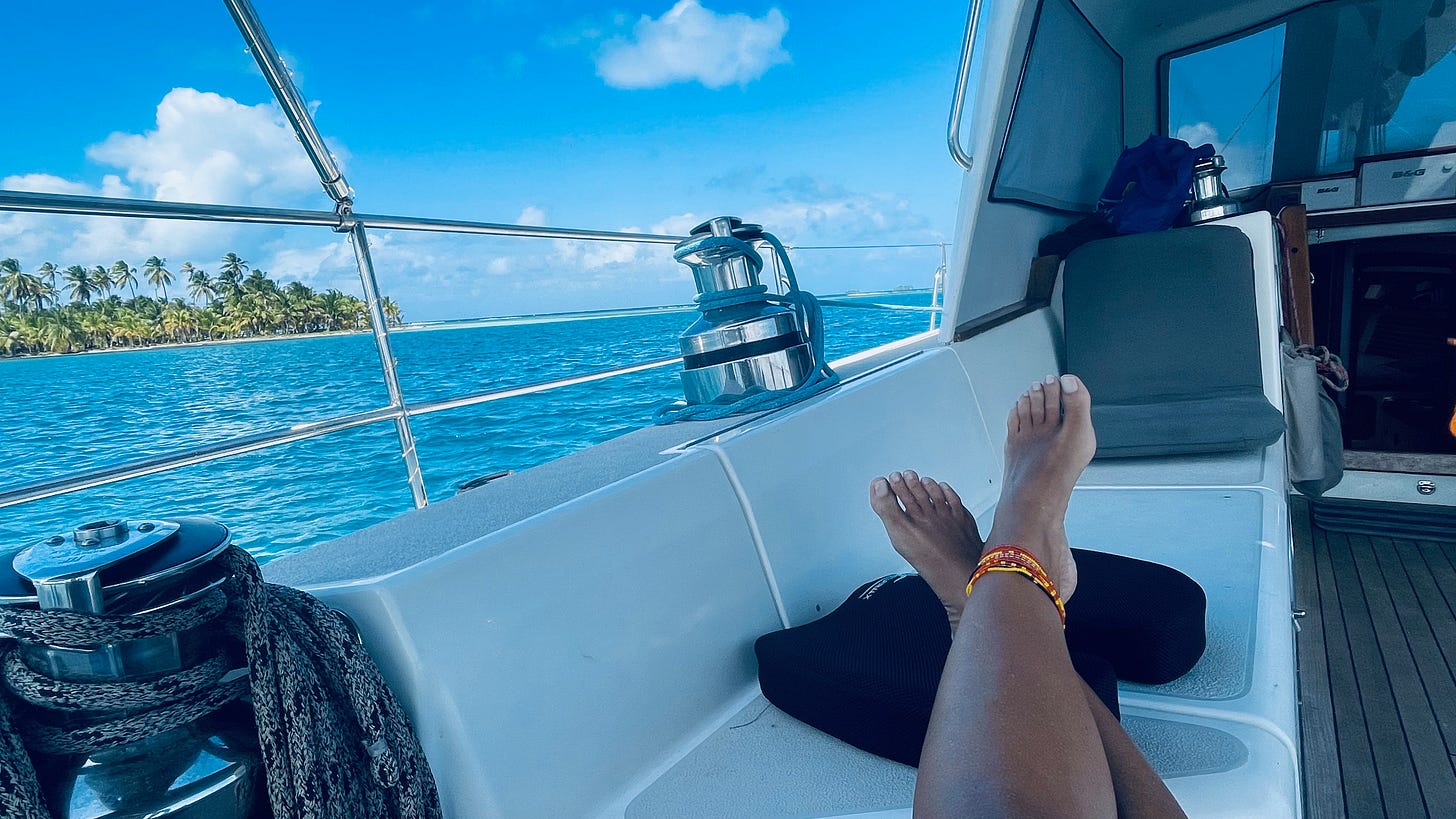
Really enjoying seeing all the color, Emoji island is so funny. barely there. You guys look like seriously seasoned travelers now. I've recently reconnected with ocean myself. I've been doing long ocean swims here on Maui twice a week (up to 8k). Love the underwater scene!
Another great read with beautiful pictures. Love the bracelet (the woman making them is beautiful). Good lobsters and lucky for you to get these fresh vegetables delivery. Keep enjoying